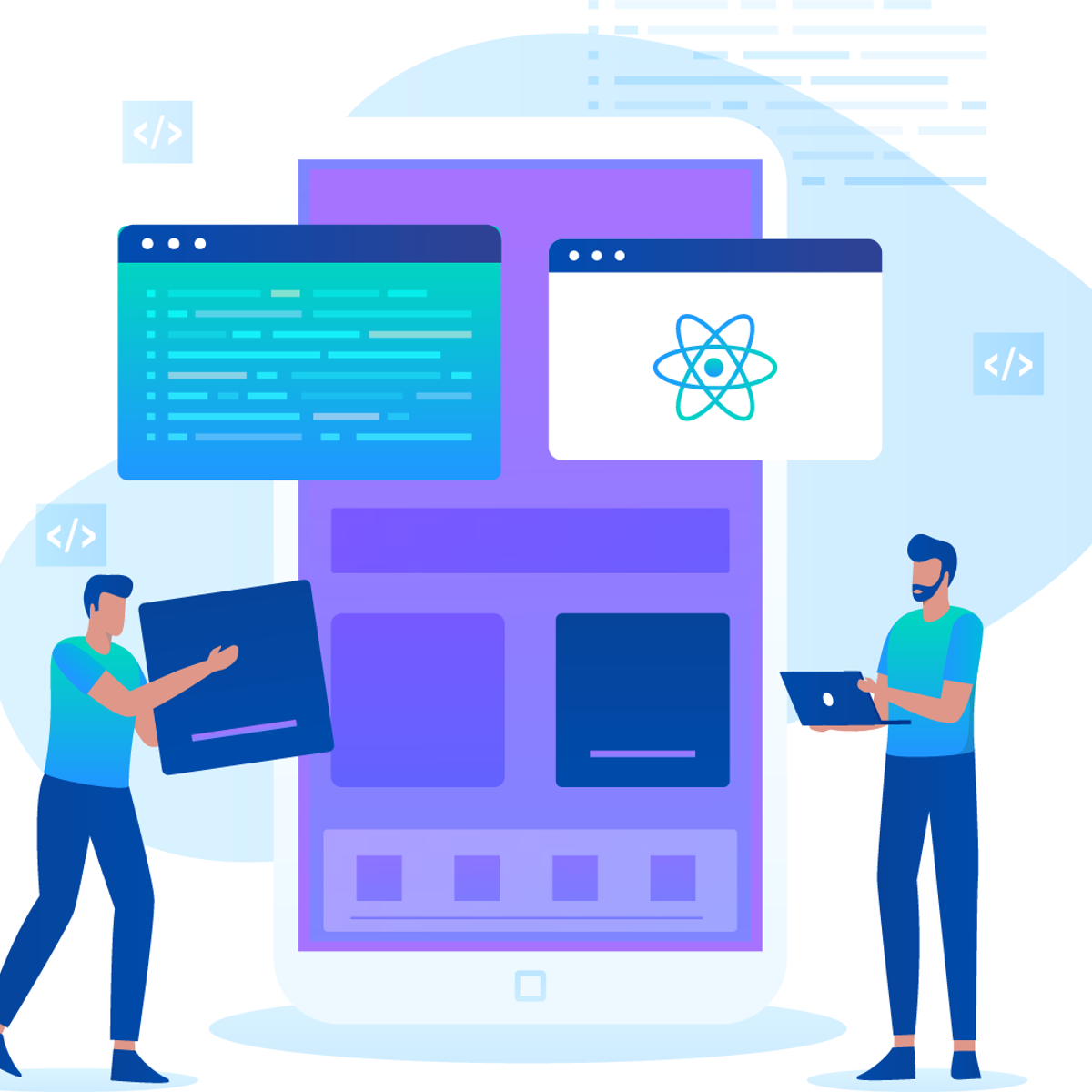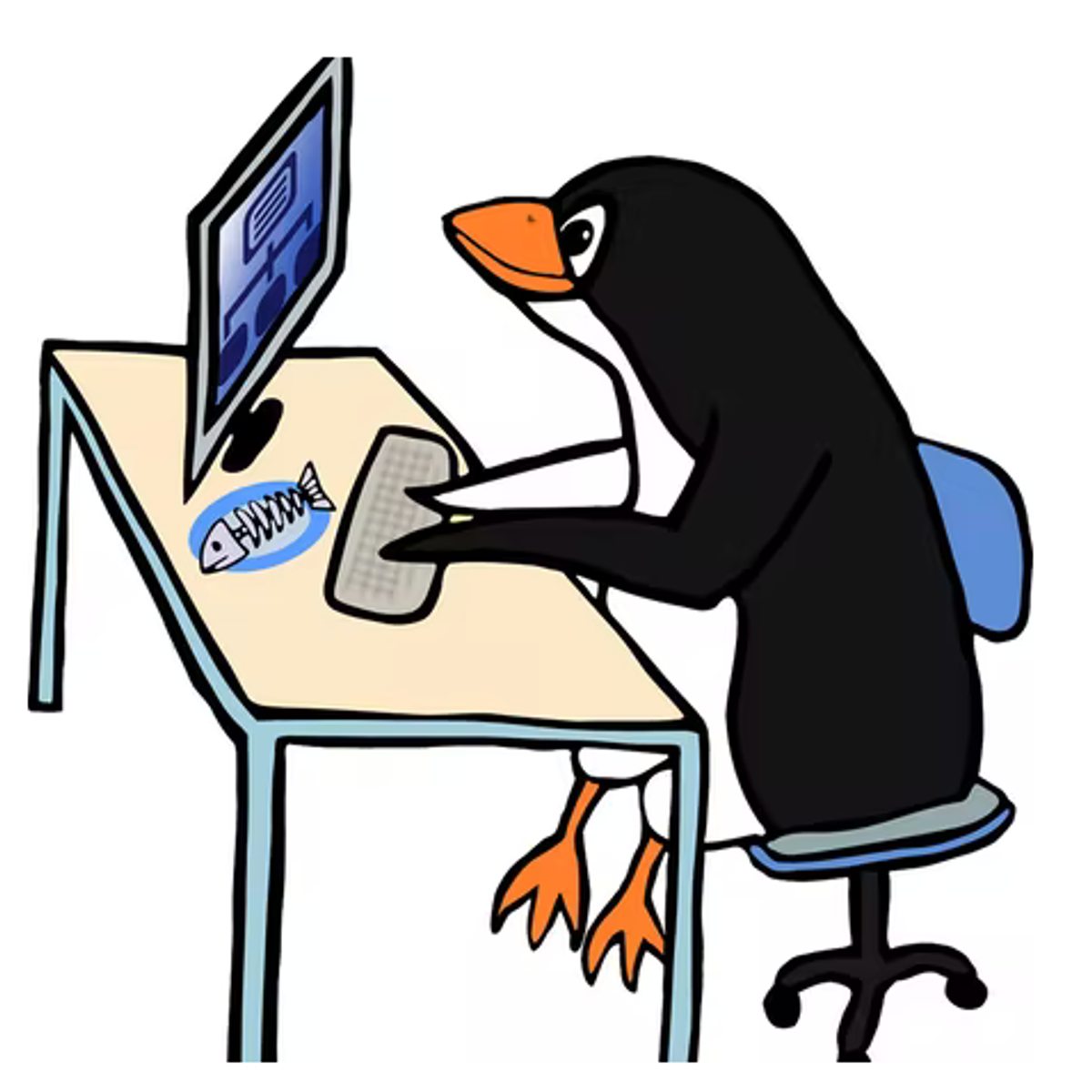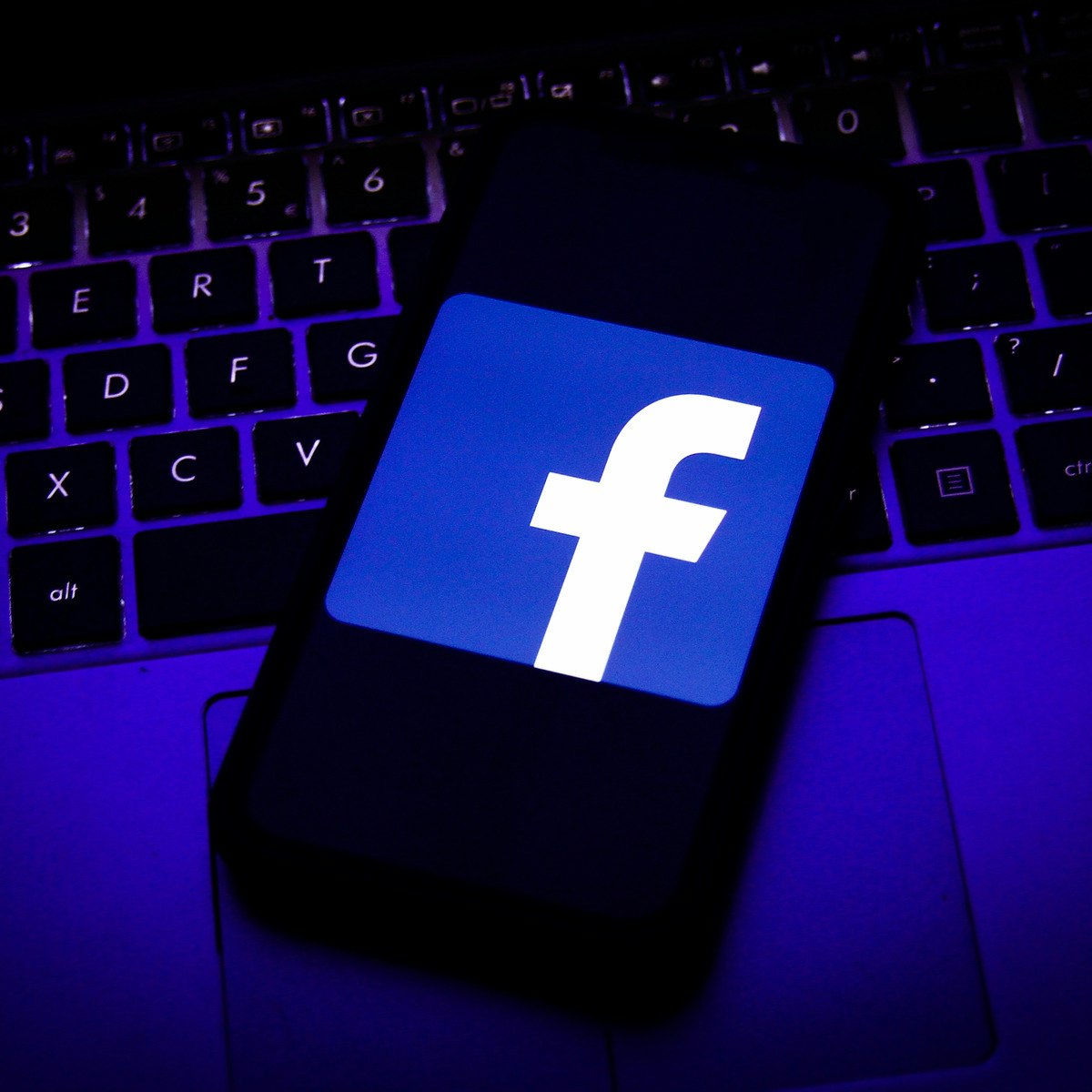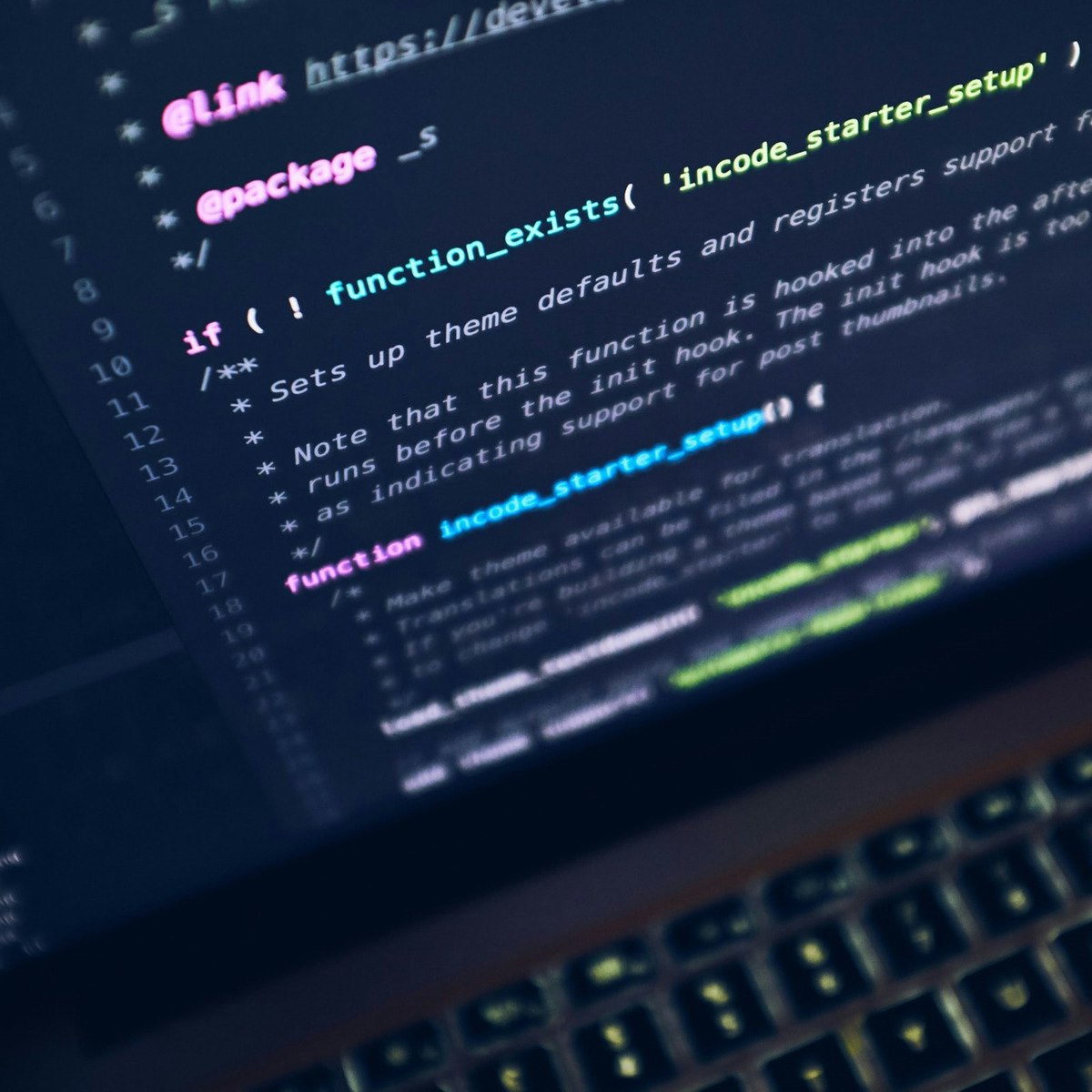Back to Courses








Computer Science Courses - Page 100
Showing results 991-1000 of 2309

Building User Interfaces Using Functional React Components
React Components are generally implemented using Classes. Although they work well, they have their own set of limitations. The stateful logic provided by the class components lack reusability. To enhance the productivity, codes developers are expected to develop codes with reusability.
This course will enable you to develop simple, readable, React components with reusable stateful logic using JavaScript functions and React Hooks. You will also explore the different React Hooks and test the stateful logic.

Build a Full Stack App using React and Express
By the end of this project, you will create a full stack web application using React on the front end and Express along with MongoDB and Node.js on the back end.
Creating a full stack web application with React and Express allows the developer to use JavaScript throughout the stack. Express provides an API that simplifies the interaction with the Node.js server.

Docker for absolute beginners
Docker accelerates how you build, share, and run modern applications.
Docker is a tool designed to make it easier to create, deploy, and run applications by using containers.
Containers allow a developer to package up an application with all of the parts it needs, such as libraries and other dependencies, and deploy it as one package.
In this 2 hours guided project through hands-on labs you will learn the following --
1. Understanding docker architecture
2. Docker commands to manage images and containers
3. Networks in docker
4. Volumes in docker
5. Deploying a web application as a docker container

GUI programming: Create a Calculator in Python
By the end of this guided project, you’ll create a fully functioning Calculator application using python’s popular library Tkinter. You’ll be able to create a Graphical User Interface (GUI) in Python from scratch. Throughout the first 3 tasks you’ll learn how to create and customize the application window, you’ll learn how to create widgets such as buttons and entry boxes, you’ll also learn how to modify the widgets and change their color, size and orientation and finally you’ll learn how to manage the layout of the widgets and how to place them in the window using three different methods. And in the last 3 tasks, you’ll use what you learned to build the graphical user interface of the calculator and get your calculator ready to use.
Out of all the GUI methods in Python, Tkinter is the most commonly used method. Python with Tkinter is the fastest and easiest way to create GUI applications. Tkinter widgets can be used to construct buttons, menus, data fields, etc. in a Python application. Once created, these graphical elements can be associated with or interact with features, functionality, methods, data or even other widgets.
This guided project is for intermediate programmers who already have general knowledge of Python basics and want to test out their knowledge with a real application and looking forward to developing a software in less than 1 hour. This project can be your portal into software development.
Note: This course works best for learners who are based in the North America region. We’re currently working on providing the same experience in other regions.

Build a Facebook Clone with PHP
In this 2-hour long project-based course, you will learn how to develop a web application as well as you will learn and understand the working principle of Facebook.
In this project, you will learn how to set up the development process of a web application, how to design and style a web page, connect a web page into a back-end database and insert information into a database.
By the end of this project, you will be able to develop a clone of any web application.

Deep-Dive into Tensorflow Activation Functions
You've learned how to use Tensorflow. You've learned the important functions, how to design and implement sequential and functional models, and have completed several test projects. What's next? It's time to take a deep dive into activation functions, the essential function of every node and layer of a neural network, deciding whether to fire or not to fire, and adding an element of non-linearity (in most cases).
In this 2 hour course-based project, you will join me in a deep-dive into an exhaustive list of activation functions usable in Tensorflow and other frameworks. I will explain the working details of each activation function, describe the differences between each and their pros and cons, and I will demonstrate each function being used, both from scratch and within Tensorflow. Join me and boost your AI & machine learning knowledge, while also receiving a certificate to boost your resume in the process!
Note: This course works best for learners who are based in the North America region. We’re currently working on providing the same experience in other regions.

Data Visualization with Python
Visualizing data is used by virtually every discipline these days. It is used for analyzing web traffic to determine peak server load, growth and death rate of populations for biological analysis, analyzing weather patterns over time, stock market trends, and so on. Simply put, Data Visualization brings meaning to numbers that help people understand it. Seeing the data change can draw attention to trends and spikes that may otherwise go unnoticed. Python is an open-source (free) programming language has libraries that can be used to read and make useful graphics to present the data.
In this course, you will create an application that reads data from CSV files. You will learn how to visualize the data using various techniques using existing Python libraries.
Note: This course works best for learners who are based in the North America region. We’re currently working on providing the same experience in other regions.

Managing Security in Google Cloud
This self-paced training course gives participants broad study of security controls and techniques on Google Cloud. Through recorded lectures, demonstrations, and hands-on labs, participants explore and deploy the components of a secure Google Cloud solution, including Cloud Identity, Resource Manager, Cloud IAM, Virtual Private Cloud firewalls, Cloud Load Balancing, Cloud Peering, Cloud Interconnect, and VPC Service Controls.
This is the first course of the Security in Google Cloud series. After completing this course, enroll in the Security Best Practices in Google Cloud course.

Basics of Inclusive Design for Online Education
This course provides instruction and strategies to support you in developing a course that is inclusive to students with a wide range of abilities, including students with disabilities. We cover effective practices to increase inclusion and avoid some of the common accessibility issues that can arise in an online course.
In particular, Basics of Inclusive Design Online covers course organization, the accessibility of Microsoft Office and PDF documents, making course instruction pages accessible, captioning of videos, making images accessible, and designing for learning differences. We also discuss how inclusive course materials can help all students, including students without disabilities.
This course will appeal to those who want both a broad overview of the range of accessibility considerations and also a step-by-step guide of how to check documents for accessibility, caption a video, or prepare course content for non-visual users.
Course logo credit: "web accessibility word cloud" by Jill Wright (https://goo.gl/xyUoeU).
Copyright - some rights remain. See https://creativecommons.org/licenses/by/2.0/

